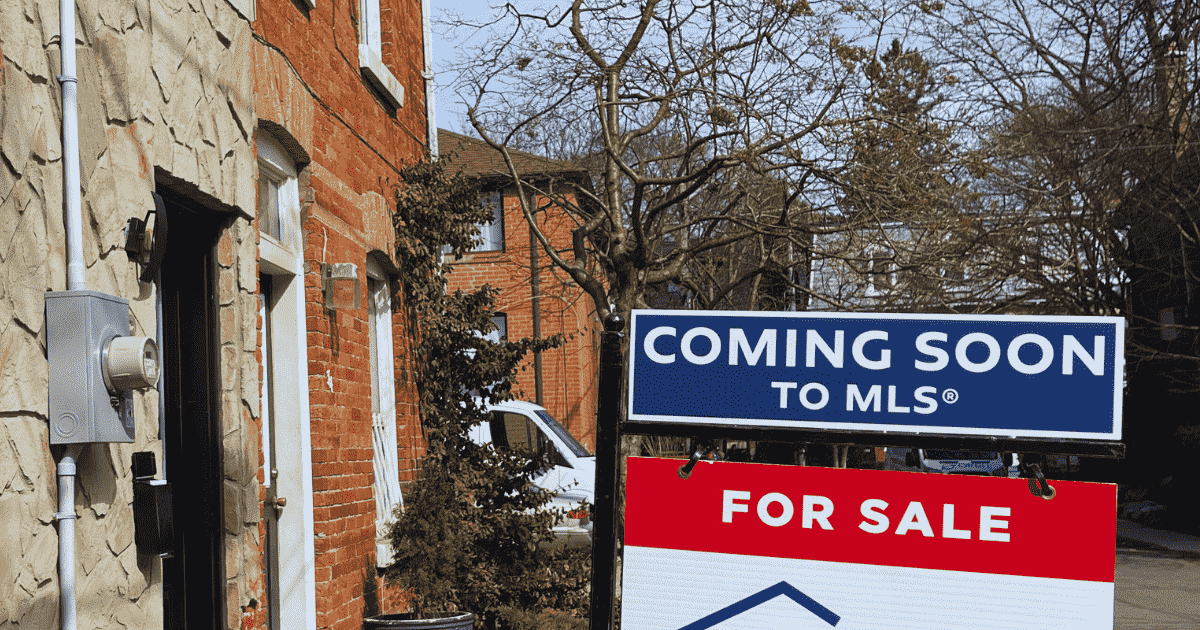From what I have read, the demand for cottage properties has soared during COVID-19. City folk are eager to get out of the city for a change of scenery, especially since many people are still working from home. So the idea of having your laptop set up on the dock of your second home is definitely appealing. And if you are on the selling side, you likely have benefitted from the high demand for properties.
A question I get from both purchasers and sellers is whether the principal residence exemption can be used to shelter the capital gain on a cottage property. The short answer is yes, it’s possible.
In order to take advantage of the principal residence exemption (PRE), certain requirements must be met:
- You, your spouse or former spouse or a child must ordinarily occupy the house for some time during the year. Ordinarily occupy can also include a vacation home that is used by you and your family.
- To claim the PRE on a large lot (over half a hectare – about 1 1/2 acres), you must be in a position to establish that the land over half a hectare is necessary for the “use and enjoyment” of your home. This may be quite relevant if your cottage or second home is located on a large piece of land or island.
- Restrictions will also apply if part, or your entire home, is rented out or is not used by a family member, or if you have not been resident in Canada throughout the period of ownership (other than in the year of purchase).
- As a general rule, a family can claim the PRE on only one home at a time. So the second home is more of a problem: to stop you from trying to claim a separate exemption for another home by putting it in the name of a child, children are restricted from claiming the exemption unless they have reached age 18 in the year or are married.
- Where specific conditions are met, non-Canadian properties may also qualify for the PRE.
- Subject to new rules that were introduced in 2016, it may be possible for certain trusts to claim the PRE provided that a corporation is not a beneficiary, and the trust designates a beneficiary (or their spouse, common-law partner or child) of the trust who ordinarily inhabits the property (referred to as a “specified beneficiary”). See further discussion below regarding trusts.
How it works
Most people think of the PRE as a black-and-white matter – either you qualify to sell tax-free or you don’t. Actually, this is not the case. When you sell your home, you must calculate the gain on your residence just like any other capital gain. Then PRE itself reduces your gain.
Moreover, eligibility for the exemption is on a year-by-year basis, which might come as a surprise to you. The more years you qualify relative to your total period of ownership, the more your gain gets reduced. The basic formula that normally applies:
1 + number of years after 1971 the house was used and designated as a principal residence (and you were a resident of Canada), divided by the number of years of ownership calculated after 1971, times the capital gain otherwise calculated.
Despite only allowing one property to be claimed, the rules allow you to have two residences in the same year: that is, where one residence is sold and another is purchased in the same year. That is why the above formula adds “1” to the number of years the property was a principal residence (the “plus one rule”). Note: As a result of certain changes to the rules that were announced in 2016 the “plus one rule” will not apply where an individual is not resident in Canada during that year. Prior to the change in rules, you could benefit from the PRE for the year that you purchased a residence in Canada, even though you were not a Canadian resident in the year of acquisition.
As you can see from the formula, to get the tax reduction you must designate the home as principal residence on a year-by-year basis.
Ownership by a trust:
Starting as of 2017, additional requirements will be applicable where a trust owns a principal residence (for the years that begin after 2016). Essentially, only the following types of trusts are able to designate a principal residence (where the trust has Canadian-resident beneficiaries and a “specified beneficiary”):
- An alter ego trust, a spousal or common-law partner trust, a joint spousal or common-law partner trust (or a similar trust for the exclusive benefit of the settlor of the trust during his/her lifetime).
- A testamentary trust created under a will that is a qualifying disability trust; or
- A trust for the benefit of a minor child of deceased parents.
If you have a trust that owns a principal residence and don’t meet the above conditions, you can take advantage of transitional rules that will allow the trust to crystallize the PRE in respect of any accrued capital gain relating to the property up to Dec. 31, 2016. Essentially, the trust will be deemed to have disposed of the property on Dec. 31, 2016 (and the trust can shelter the gain under the PRE up until that date) and to have reacquired the property at a cost equal to the fair market value on Jan. 1, 2017.
However, it would appear that as long as the trust distributes the property to a specified beneficiary prior to an eventual sale, and the specified beneficiary in turn sells the property, the PRE would be available for those years after 2017 as well. That is because the trust would not be claiming the PRE; rather, the specified beneficiary does. So if you have purchased a cottage, and you happen to have children that are over the age of 18 (who don’t own their own home), it is still possible to make use of a discretionary trust to hold the cottage property for some time (with your adult children as beneficiaries) and then eventually distribute the property to your children. When the children eventually sell, they may choose to designate the cottage property as their principal residence for those years that they did not own another home. This results in tax savings, since if you held the cottage personally, you would have to pay capital gains tax on either the cottage or your home.
If your entire gain is covered by the PRE, you are now required to report the sale of your principal residence and make the designation (this was not the case prior to 2016). If you fail to do so, the CRA will accept a late principal residence exception in certain circumstances, but you could be subject to a penalty of up to $8,000.
Moreover, the CRA has the ability to reassess you beyond the normal reassessment period (three years from the date of the notice of assessment) if you do not report the disposition of your principal residence.
So whether you are preparing to find your perfect second home, or have just sold one, consider whether you and your family members might be able to take advantage of the PRE rules.
Copyright MPL Communications. Samantha Prasad is a tax partner with the Toronto-based law firm Minden Gross LLP. Her practice focuses mainly on corporate, estate and international tax planning. In addition to advising clients on various tax planning strategies, Samantha has particular experience in designing and implementing estate plans and corporate reorganizations. She co-authored the 3rd edition of Tax and Family Business Succession Planning and is the co-editor of various other CCH Canadian Limited tax publications including the Canada Income Tax Guide, Wealth Management Guide, and Tax Planning for Small Business Guide.















